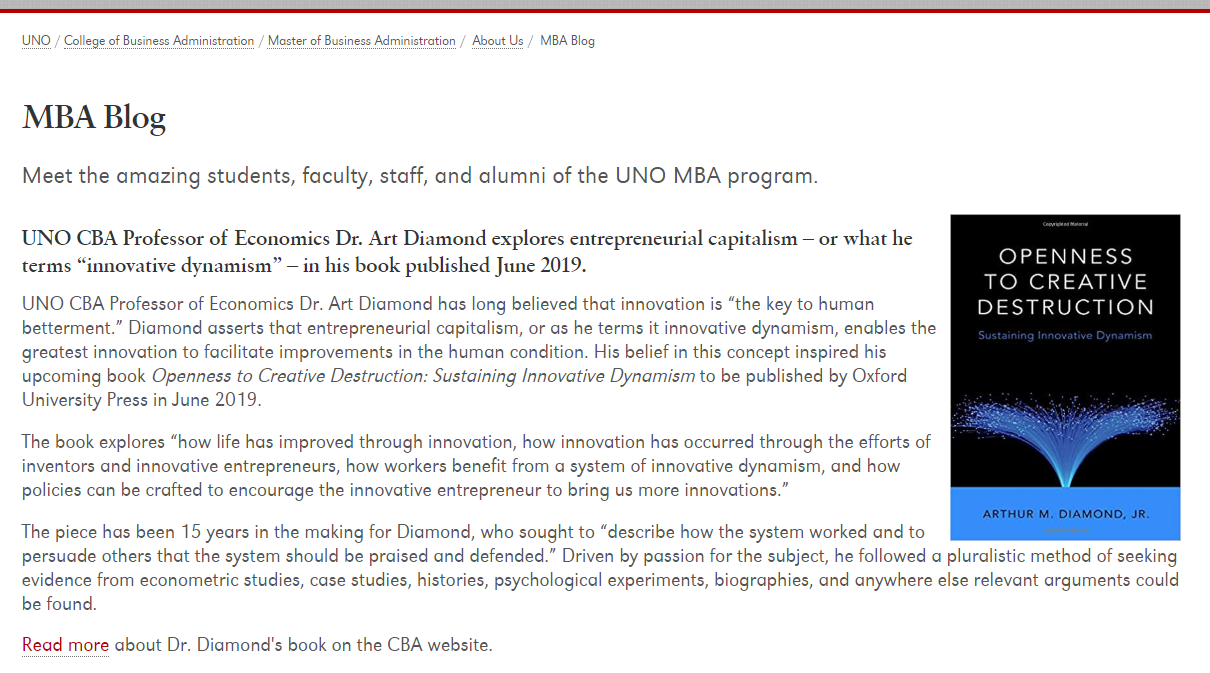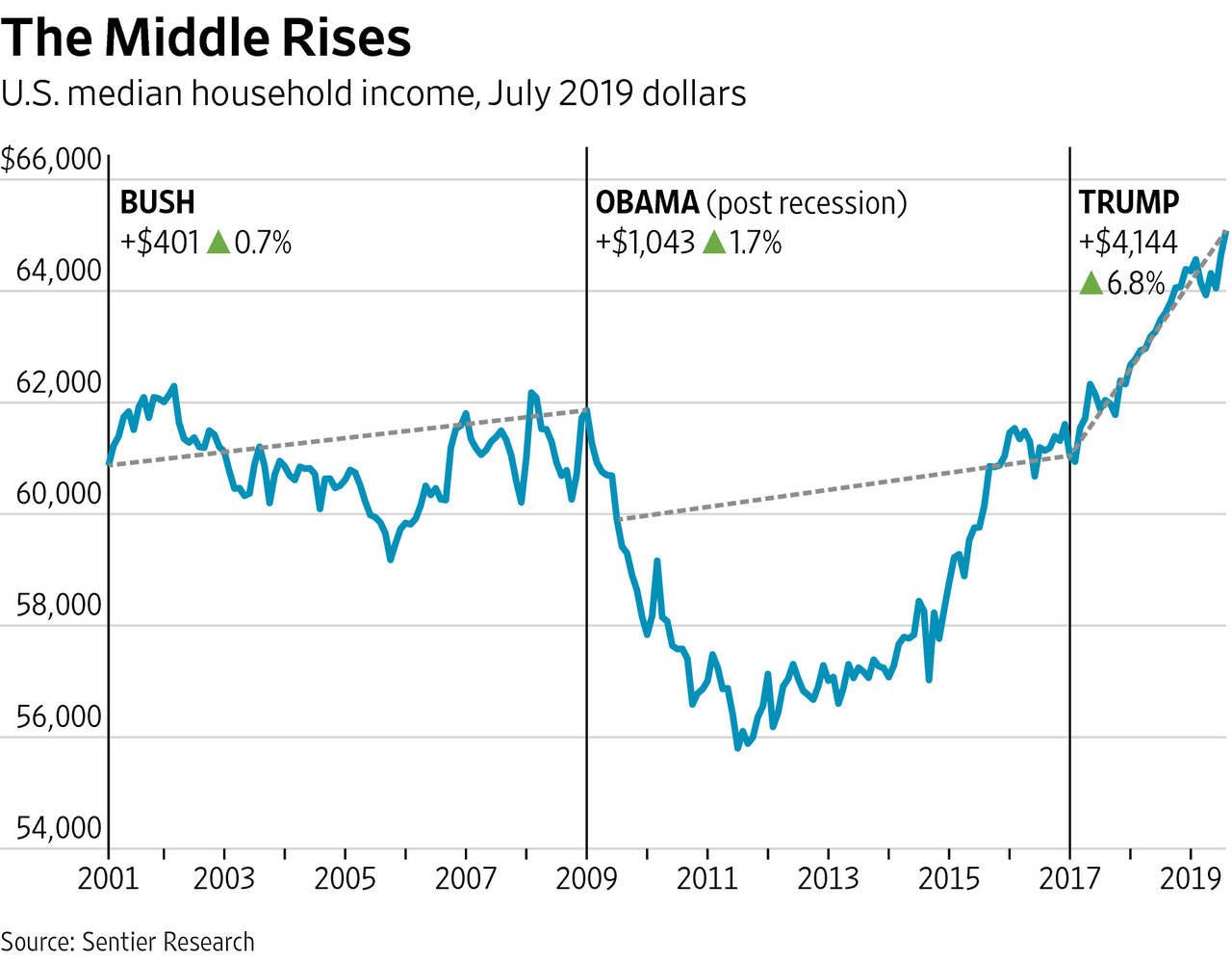(p. B4) Michael Niedermayer used to fly drones for the U.S. Army and the Central Intelligence Agency, gathering real-time, life-and-death intelligence on battlefields in Iraq. Now he pilots delivery robots for a San Francisco Bay Area startup that wants to disrupt burrito delivery.
Postmates, which in mid-August received a permit to operate its Serve delivery robot in San Francisco and is already testing it for food delivery in Los Angeles, employs a growing team of “pilots” to remotely oversee, and at times steer, these four-wheeled food ferries.
“We will probably see a drastic increase in our workforce over the next five years,” says Postmates Chief Executive Bastian Lehmann.
Disrupting “last-mile” delivery—historically the domain of box trucks, bike couriers and personal vehicles—“felt like a great fit for my military background,” says Mr. Niedermayer.
His story is hardly unique. Across industries, engineers are building atop work done a generation ago by designers of military drones. Whether it’s terrestrial delivery robots, flying delivery drones, office-patrolling security robots, inventory-checking robots in grocery stores or remotely piloted cars and trucks, the machines that were supposed to revolutionize everything by operating autonomously turn out to require, at the very least, humans minding them from afar.
Until the techno-utopian dream of full automation comes into effect—and frankly, there’s no guarantee that will ever happen—there will be plenty of jobs for humans, just not ones their parents would recognize. Whether the humans in charge are in the same city or thousands of miles away, the proliferation of not-yet-autonomous technologies is driving a tiny but rapidly growing workforce.
. . .
When Postmates managers interview potential delivery-robot pilots like Diana Villalobos, they ask whether or not they played videogames in their youth.
“When I was a kid, my parents always said, ‘Stop playing videogames!’ But it came in handy,” she says.
For the full commentary, see:
(Note: ellipsis added.)
(Note: the online version of the commentary has the same date as the print version, and has the title “KEYWORDS; The Next Hot Job: Pretending to Be a Robot.”)



